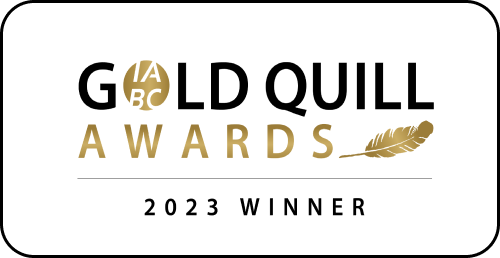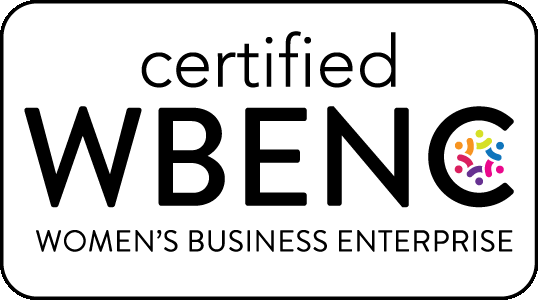Here’s How to Avoid Pitfalls & Keeps Costs Down
In our hyper-visual world, good design is critical. An infographic, benefits guide, or important presentation will get far more attention if it’s clean, attractive and easy to navigate. This requires a talented designer, of course. But like any project, it also involves a sound strategy, a detailed plan, strong project management and good communication – what we call ‘strategic design.’
Here are some tips to help you achieve a brilliant mix of content and design, while avoiding unpleasant surprises and added costs.
Step 1: Create a draft (and maybe an outline)
The best way to keep your project timetable and budget on track is to work incrementally and obtain necessary approvals at each step. That frequently means creating a draft in Microsoft Word first (or a PowerPoint, minus any graphics).
If you’re developing a detailed document such as a manager’s toolkit or open enrollment guide, we recommend starting with an outline that shows high-level content for each section. After you’ve gotten the necessary approvals on your outline, the first draft can begin.
In the draft, include a table of contents, clearly and consistently format the heading hierarchy, and begin each chapter on a new page for easy review. Think about how you can create content in a way that will easily translate into a user-friendly design:
- Chunk up copy using bullets, subheads, callouts and charts.
- Be consistent: Does each section have an introductory copy? Callouts?
- If the final document needs to link to other resources, think through how that will work for readers.
- Add design notes to help the graphic team understand your vision.
Remember that content changes should be made during this phase whenever possible, because it’s easier (i.e., less costly) to do this before the design phase.
Step 2: Schedule a design meeting
This is the time to discuss your design needs and preferences and confirm your budget and production schedule. Review samples of comparable projects, decide what you like and don’t like to get a sense of what design elements align with your organization’s visual style.
Questions to consider:
- Will the document be printed, sent digitally, or both? If printed, will it be mailed?
- Will photos be included? Icons? What types of images are appropriate for this content and audience? Is there an asset library?
- For digital documents, do you need navigation? How will it be treated/located? Is a table of contents also needed? Is a footer needed on each page?
- What are your organization’s brand guidelines?
Step 3: Engage a designer
Now it’s time to bring in a graphic designer. The project lead will share everything that came out of your earlier conversations, including brand guidelines, format, channel/delivery method, and content that needs special treatment. It’s also a good time to discuss turnaround time and any “red flags” that could impact the budget.
Step 4: Review the concept
The fun part! Once the designer has decided on the direction, you’ll preview the design concept sample (“comp”), which provides a sense of the look and feel for the entire piece.
For a detailed document – an employee benefits manual or multi-section slide deck, for example – the comp typically includes a template for key design elements: cover options, navigation, and an inside spread sample that includes section headings, subheadings, bulleted lists, charts, callouts, icons, and photos.
Your feedback at this stage is essential to avoiding rework and keeping costs in line. Your team should discuss the impact of any changes, additions, and next steps. Design tweaks are best made in this phase because once the document is fully designed, the cost of making changes can increase significantly.
Step 5: Marry the content and design
After you approve the final copy and design concept, the design team lays out the full document. This is the time to have a professional communicator review the piece again, engage a professional proofreader to ensure the final product is flawless, and make any final modifications.
Merging great content with brilliant design can be a lot of fun – but it’s important to take a strategic approach to ensure you hit the mark. At The O’Keefe Group, we have decades of experience partnering with clients and designers to ensure you get a product that’s beautiful, clean and targeted to your unique audience. Contact us to learn more about how we can help you with your next project.


